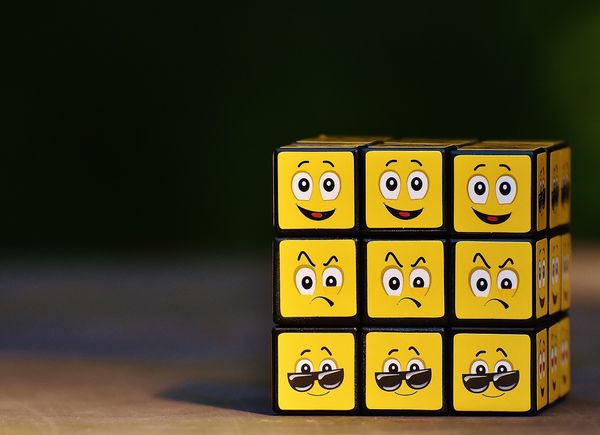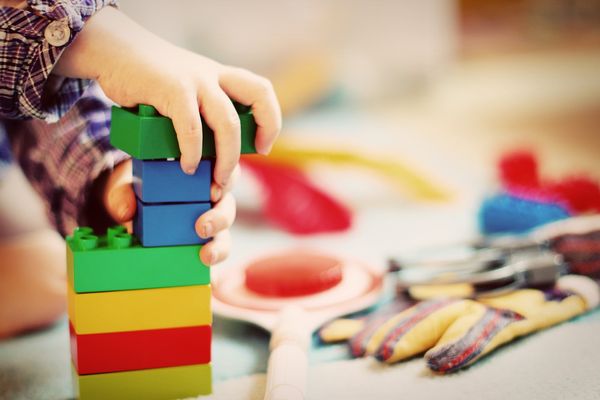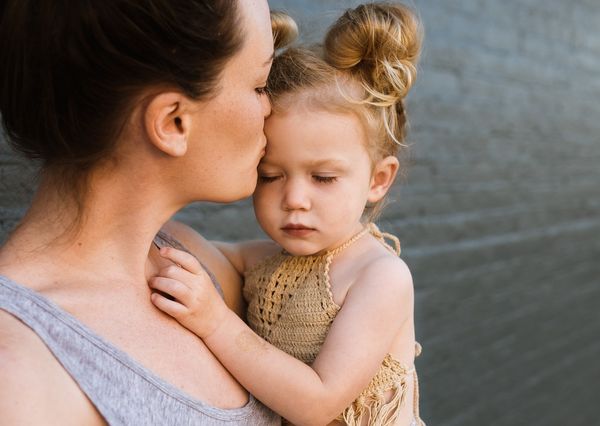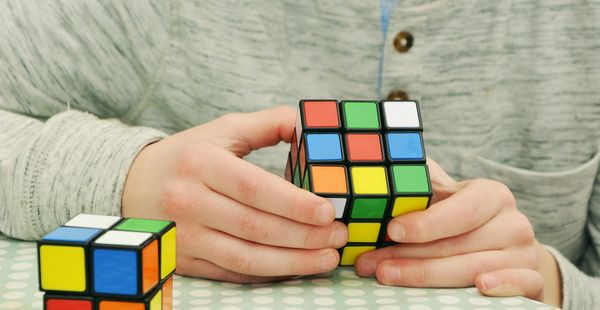Autoaggression in Children. What to do?
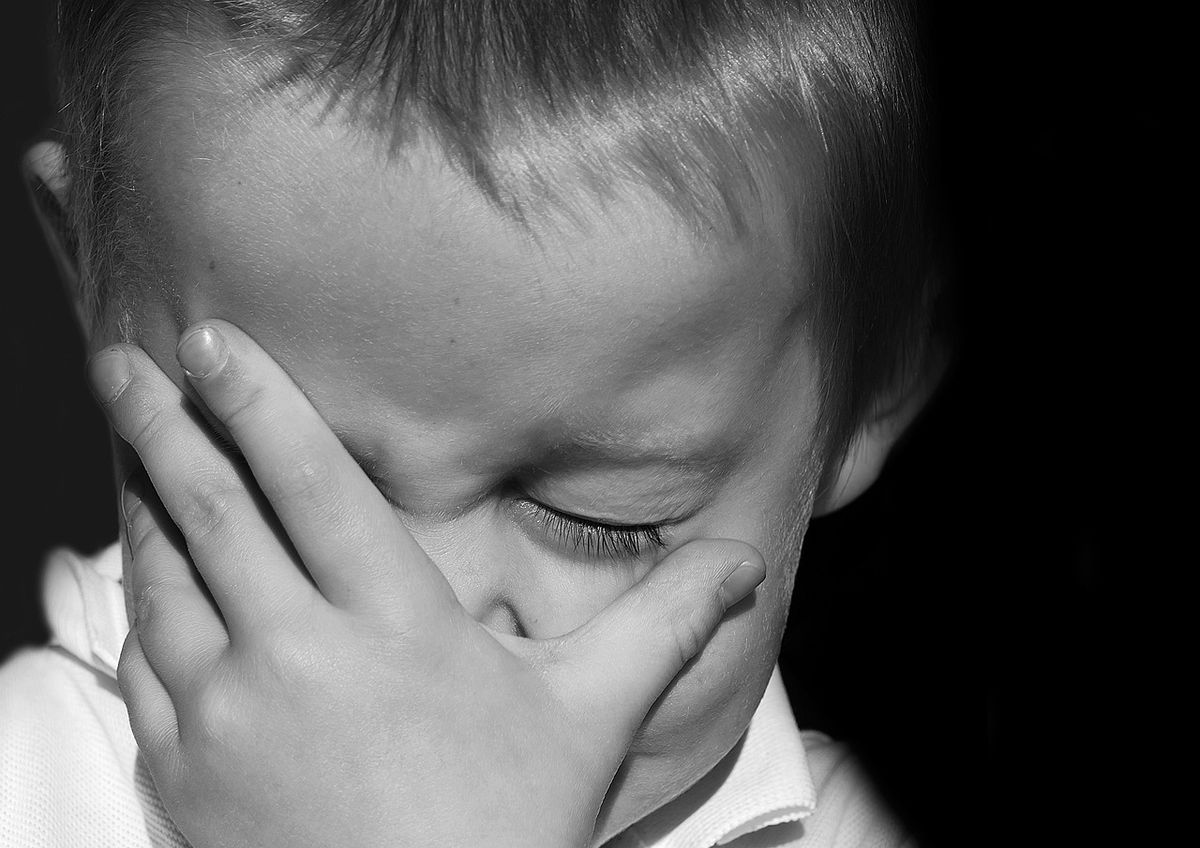
Are you familiar with this scenario? Your little one, around a year old, is hitting their head, pulling their hair, or throwing themselves on the floor. It typically happens when they're stopped from doing something they want to, like playing with the cat's tail or grabbing something they shouldn't. It can also occur when things don't go as they'd like.
You've just embarked on a common childhood path known as autoaggression. This stage often signals the start of many forms of aggressive behavior, including self-harm, yelling, fighting, biting, and name-calling, among others.
Autoaggression and aggression towards others often stem from the feeling of frustration. This emotion emerges when things don't go as planned. It's a basic emotion that affects both adults and children. However, children's brains are still developing at this stage. Their prefrontal cortex, responsible for impulse control, doesn't fully develop until around 5-7 years old and continues to mature until they're 25. This explains their impulsivity and lack of self-control.
When frustration strikes, children try to change the situation, which can lead to persistent demands. If unsuccessful, they may feel anger and aggression.
Why does autoaggression occur in children? There are multiple reasons, often interrelated:
- They may not yet have learned healthier ways to express their anger.
- They might feel guilty when things don't go as planned.
- Autoaggression can also happen when children are discouraged from expressing their aggression, such as being told not to hit, shout, or cry.
- It can also be triggered when adults quickly distract or divert the child's attention, attempting to calm them down.
- Sometimes, it's a reflection of adults' own discomfort with aggression. We often suppress our anger, which can cause anxiety or irritation when our child displays similar emotions.
So, what's the solution? When your child is angry, allow them to express their emotion. While we should discourage harmful behaviors like hitting or biting, we can provide alternatives. For example: "You're so angry! You can hit this pillow instead, but I won't let you hit me." This approach also applies to autoaggression. Intercept their hand and validate their feelings: "You're disappointed, upset, and angry! I see that. Let's express it by throwing this toy or clapping your hands."
Remember, the younger the child and the stronger their emotions, the less likely they are to follow our guidance. This isn't a reflection of our parenting skills, but rather their developmental stage. Our goal isn't to teach them immediately, but to help them express their anger without hurting themselves or others.
Empathizing with your child can also be helpful. Acknowledge their frustration: "Oh, you're so angry! That banana broke, and it's just not your day, is it?"
By understanding and managing autoaggression in children, we can support their emotional development and foster a healthier expression of feelings.
